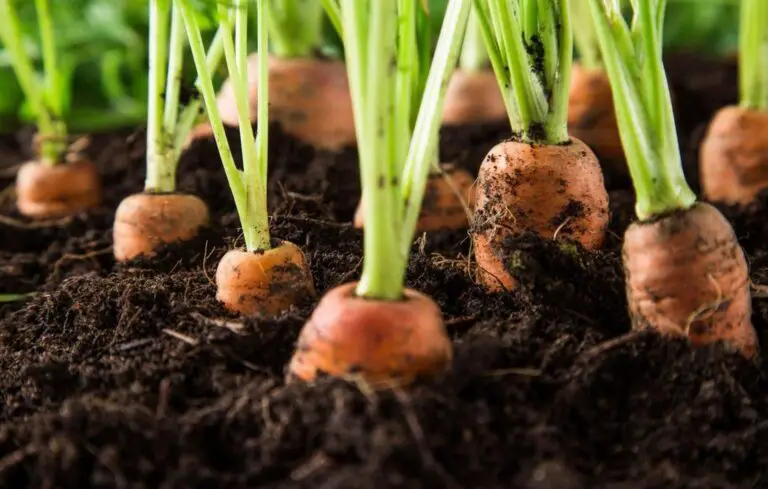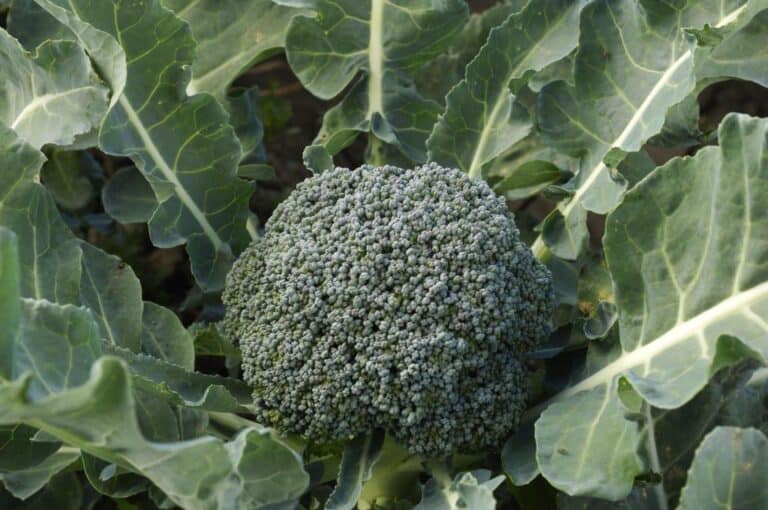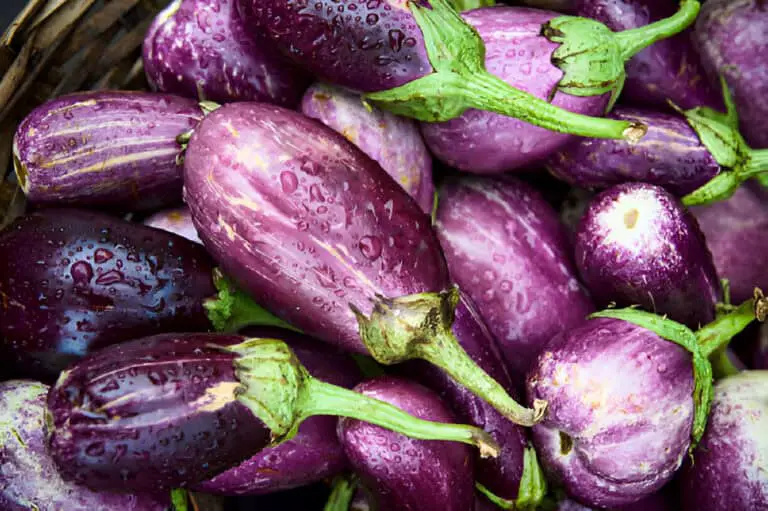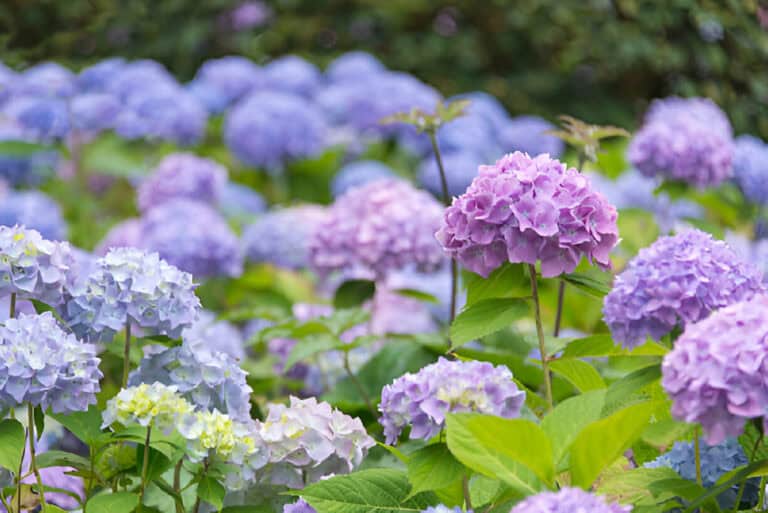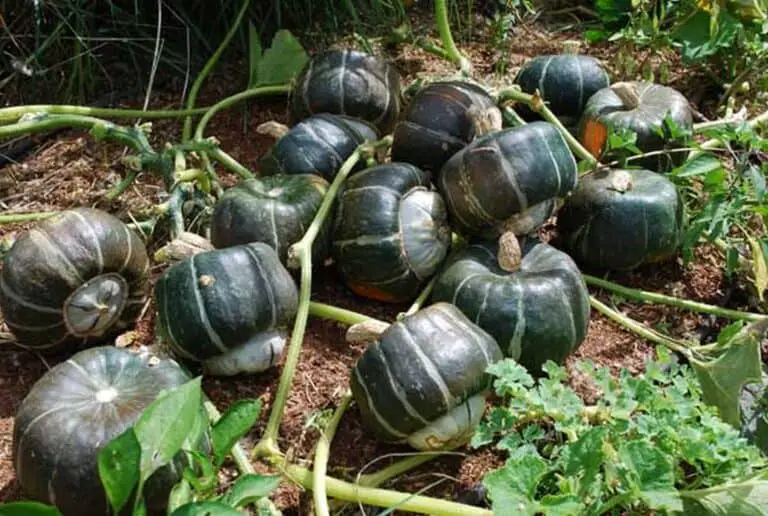Broccoli Growing Stages (with Pictures): Plant Life Cycle & Timeline
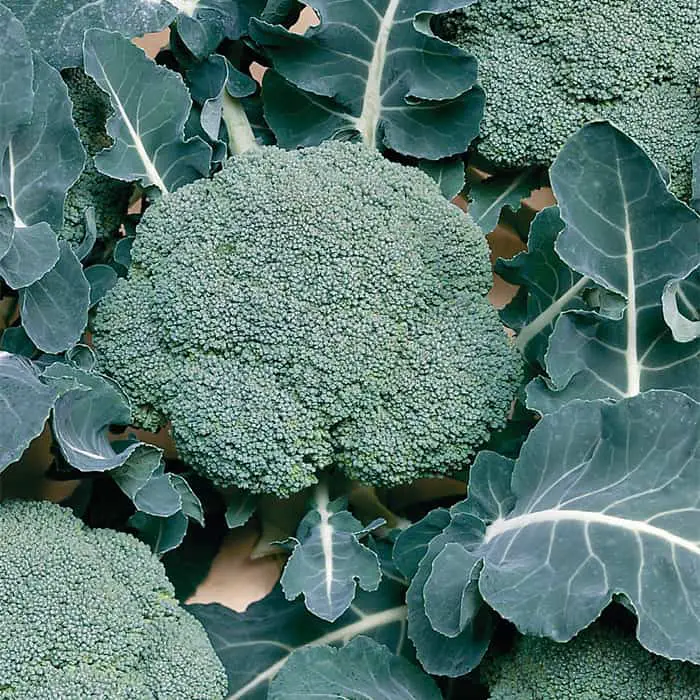
Broccoli is a nutritious and tasty vegetable that can be grown in a variety of climates. Whether you are a seasoned gardener or a beginner, understanding the broccoli growing stages and plant life cycle is essential to a successful harvest.
By learning about the life cycle of the broccoli plant and following the proper techniques for planting and caring for it, you can grow healthy and vibrant broccoli plants in your own backyard.
In this article, we will take a closer look at the different stages of broccoli growth as well as provide a timeline for planting and harvesting.
The Broccoli Plant Life Cycle
The broccoli plant’s life cycle is a fascinating process. It consists of four main stages: germination, seedling, vegetative, and reproductive. Each stage requires different care and attention to ensure successful growth.
1. Germination Stage
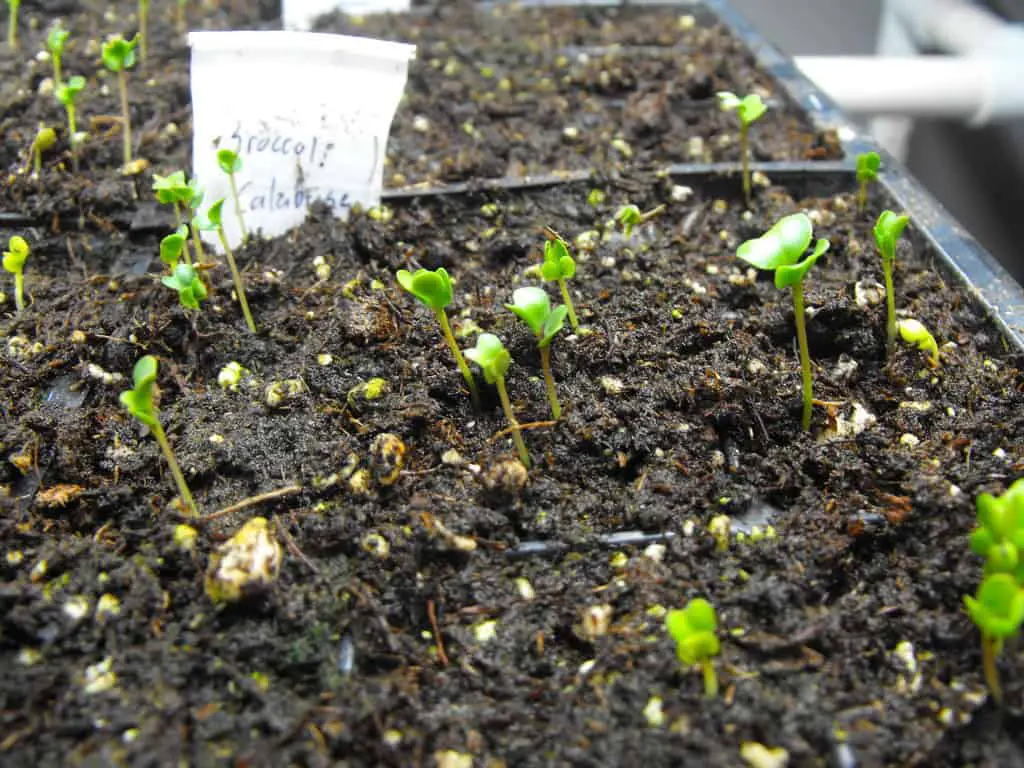
The germination stage is the first stage of the broccoli plant’s life cycle. This is when the broccoli seeds begin to sprout and develop roots. The germination stage usually takes between 5-10 days and requires the right combination of moisture, temperature, and soil conditions.
To promote successful germination, it’s important to start with high-quality broccoli seeds. You can purchase seeds from a local nursery or an online retailer. Once you have your broccoli seeds, you can begin the germination process.
To germinate broccoli seeds, follow these steps:
- Fill a seedling tray or small pots with seed-starting mix.
- Moisten the soil with water.
- Plant one to two broccoli seeds per cell or pot, placing them about 1/4 inch deep.
- Cover the seeds with a thin layer of soil.
- Water the seeds gently.
- Place the tray or pots in a warm location with good air circulation, such as on a windowsill or under a grow light.
2. Seedling Stage
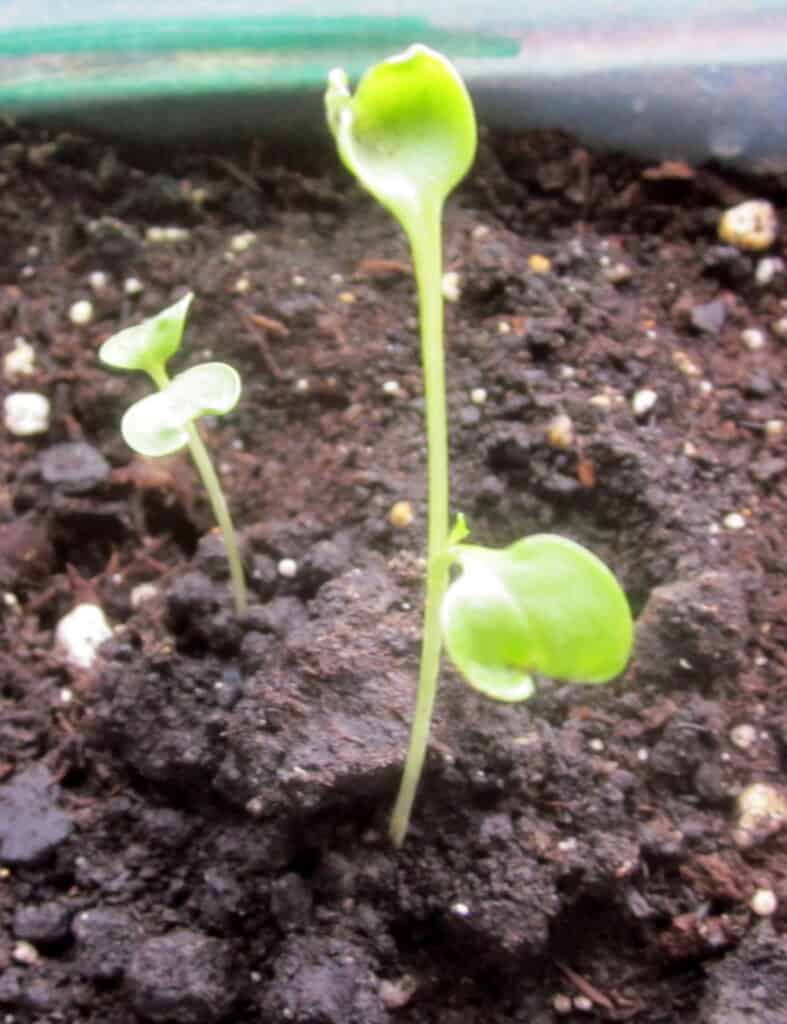
The seedling stage is the second stage of the broccoli plant’s life cycle. This is when the broccoli seeds begin to grow into small plants with leaves. The seedling stage usually lasts for 3-4 weeks and requires proper watering, lighting, and fertilization.
To care for broccoli seedlings, follow these steps:
- Water the seedlings regularly, keeping the soil moist but not waterlogged.
- Provide ample light for the seedlings, either by placing them in a sunny window or under a grow light for 14-16 hours a day.
- Fertilize the seedlings every 2-3 weeks with a balanced fertilizer.
- Thin out the weaker seedlings if necessary, leaving only the strongest and healthiest plants.
3. Vegetative Stage

The vegetative stage is the third stage of the broccoli plant’s life cycle. During the vegetative stage, the broccoli plant undergoes a significant growth spurt, as it begins to develop the leaves and stems needed to support the central head and side shoots. This stage can be one of the most challenging for growers, as it requires careful attention to watering and fertilization to ensure that the plant is getting the nutrients it needs to grow strong and healthy.
The vegetative stage usually lasts for 4-6 weeks and requires proper watering, fertilization, and pest control.
To care for broccoli plants during the vegetative stage, follow these steps:
- Water the plants regularly, keeping the soil moist but not waterlogged.
- Fertilize the plants every 3-4 weeks with a balanced fertilizer.
- Monitor the plants for pests such as aphids, cabbage worms, and slugs, and treat them with an organic insecticide if necessary.
- Provide support for the plants as they grow, such as by staking or trellising them.
4. Reproductive Stage
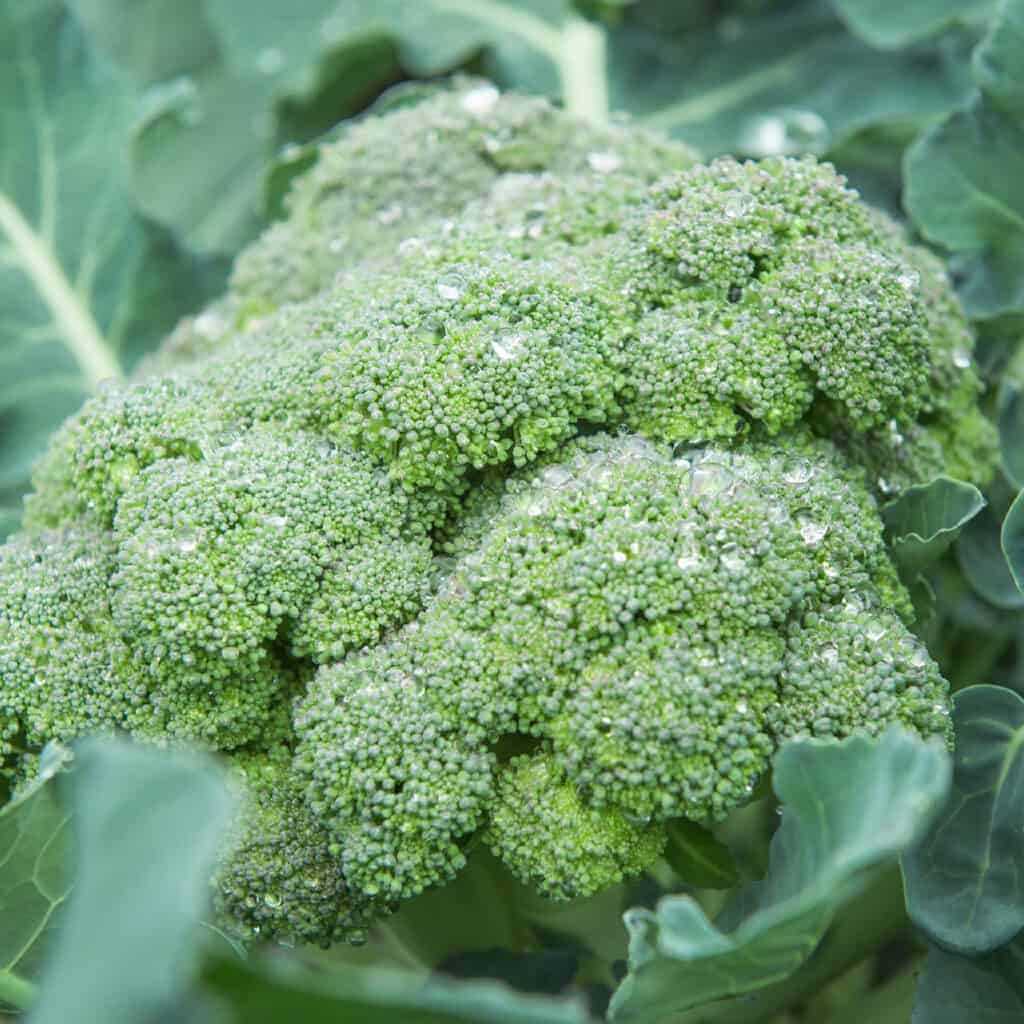
The reproductive stage is the final stage of the broccoli plant’s life cycle. This is when the broccoli plant begins to produce its signature florets. The reproductive stage usually lasts for 4-6 weeks and requires proper harvesting and pest control.
To care for broccoli plants during the reproductive stage, follow these steps:
- Monitor the plants regularly for the appearance of broccoli heads, which will be ready for harvest when the buds are tight and dark green.
- Harvest the broccoli heads as soon as they are ready, using asharp knife or scissors to cut the stem just below the head.
- Monitor the plants for pests such as aphids, cabbage worms, and slugs, and treat them with an organic insecticide if necessary.
Timeline of Broccoli Plant Growth
The timeline of broccoli plant growth can vary depending on factors such as climate, soil quality, and plant variety. However, here is a general timeline of the different stages of broccoli growth:
Germination Timeline
The germination stage usually lasts between 5-10 days.
Seedling Stage Timeline
The seedling stage usually lasts for 3-4 weeks.
Vegetative Stage Timeline
The vegetative stage usually lasts for 4-6 weeks.
Reproductive Stage Timeline
The reproductive stage usually lasts for 4-6 weeks.
How Many Times Will a Broccoli Plant Produce?
One of the questions that many broccoli growers ask is how many times a single broccoli plant will produce. The answer depends on a variety of factors, including the growing conditions, the variety of broccoli being grown, and the care taken during the growing process.
In general, broccoli plants can be harvested two or three times, or for a period of up to three months. A single broccoli plant will produce one central head, which is the largest and most desirable part of the plant.
However, once the central head is harvested, the plant will continue to produce smaller side shoots for several weeks. These side shoots can be just as tasty and nutritious as the central head, and regular harvesting can encourage continued growth and production.
The number of side shoots a plant produces will depend on a variety of factors, including the variety of broccoli being grown and the growing conditions. Some varieties of broccoli are bred to produce more side shoots than others, while others are bred to produce a larger central head with fewer side shoots.
The growing conditions can also impact the number of side shoots produced by a plant. Broccoli plants require consistent moisture and adequate nutrients to grow well and produce a healthy harvest. If the plant is not receiving enough water or nutrients, it may produce fewer side shoots.
It is also important to note that the length of the growing season can impact the number of side shoots produced by a plant. In areas with a long growing season, a single broccoli plant may produce multiple waves of side shoots over the course of several months. In areas with a shorter growing season, the plant may only produce a few side shoots before the weather turns cold and the plant dies back.
In the end, the number of times a broccoli plant will produce will vary depending on a variety of factors. However, with proper care and attention, it is possible to encourage continued growth and production, even after the central head has been harvested. Regular harvesting of the side shoots can extend the life of the plant and provide a bountiful harvest of delicious and nutritious broccoli.
Factors Affecting Broccoli Plant Growth
Several factors can affect the growth and health of broccoli plants. Here are some of the most important factors to consider:
Environmental Factors
Broccoli plants grow best in cool temperatures between 60-65°F (15-18°C). If the temperature is too high, the plants may bolt (go to seed) before producing any broccoli heads. Conversely, if the temperature is too low, the plants may not grow well and may be more susceptible to disease.
Broccoli plants also require plenty of sunlight to grow. They need at least 6 hours of direct sunlight per day to produce healthy florets.
Soil and Nutrient Management
Broccoli plants require well-drained soil that is rich in organic matter. Before planting, amend the soil with compost or other organic matter to improve its structure and fertility.
Broccoli plants also require regular fertilization to thrive. Use a balanced fertilizer every 2-3 weeks during the seedling stage and every 3-4 weeks during the vegetative and reproductive stages.
Pest and Disease Management
Broccoli plants are susceptible to several pests and diseases, including aphids, cabbage worms, and downy mildew. To prevent these problems, practice good garden hygiene by removing debris and weeds from the garden and rotating crops each season.
If pests or diseases do appear, treat them with an organic insecticide or fungicide. You can also use natural predators, such as ladybugs or lacewings, to control pests.
Tips for Growing Broccoli
Now that you have a better understanding of the broccoli growing stages and timeline, here are a few tips to help ensure a successful harvest:
- Choose the right variety. There are many different varieties of broccoli to choose from, each with its own growing requirements and flavor profile. Research the varieties that are best suited for your climate and taste preferences.
- Plant in a sunny location. Broccoli plants require full sun to grow and produce a healthy harvest.
- Keep the soil moist. Broccoli plants require consistent moisture to grow well. Water them regularly, especially during dry spells.
- Use fertilizer. Broccoli plants require a lot of nutrients to grow well. Use a balanced fertilizer to ensure that your plants have everything they need to produce a healthy harvest.
- Monitor for pests and diseases. Broccoli plants are susceptible to a variety of pests and diseases, so it is important to monitor them regularly and take action if necessary.
- Harvest regularly. Regular harvesting will encourage continued growth and production.
FAQs
What are the ideal conditions for broccoli seedling development?
Broccoli seedlings thrive in cool temperatures ranging from 60-70°F (15-21°C). They require ample sunlight, preferably 6-8 hours a day. The soil should be well-draining, rich in organic matter, and kept consistently moist but not waterlogged. Maintaining a slightly acidic soil pH between 6.0-7.0 is also beneficial for optimal seedling development.
How can I promote optimal head formation in broccoli plants?
To promote optimal head formation in broccoli plants, provide them with full sun exposure for at least 6 hours a day. Ensure they receive consistent moisture through regular watering, especially during dry periods. Fertilize the plants with a balanced fertilizer high in nitrogen during the vegetative stage, gradually transitioning to a phosphorus-rich fertilizer as the heads begin to form. Adequate spacing between plants, proper airflow, and removing competing weeds can also contribute to better head development.
Can I harvest side shoots from broccoli plants?
Yes, harvesting side shoots from broccoli plants is possible and encouraged. After the main head is harvested, the plant will often produce smaller side shoots that can be harvested as secondary heads. Harvest these side shoots when they reach a desirable size and before the buds begin to open. Regularly harvesting the side shoots promotes continuous production and extends the overall harvest period.
How long does it take for a broccoli head to mature?
The time it takes for a broccoli head to mature can vary depending on the variety and growing conditions. On average, broccoli heads take approximately 60-90 days from the time of transplanting to reach maturity. Harvest the heads when the buds are tight and firm before they start to flower.
Can I start broccoli seeds indoors and then transplant them outside?
Yes, starting broccoli seeds indoors and then transplanting them outside is a common practice. Begin by sowing the seeds indoors 6-8 weeks before the last expected frost date. Provide them with proper light, moisture, and warmth until they develop into sturdy seedlings. Once the outdoor temperatures and soil conditions are suitable, typically after the danger of frost has passed, transplant broccoli seedlings into the garden. Harden off the seedlings by gradually exposing them to outdoor conditions before transplanting to minimize transplant shock.

